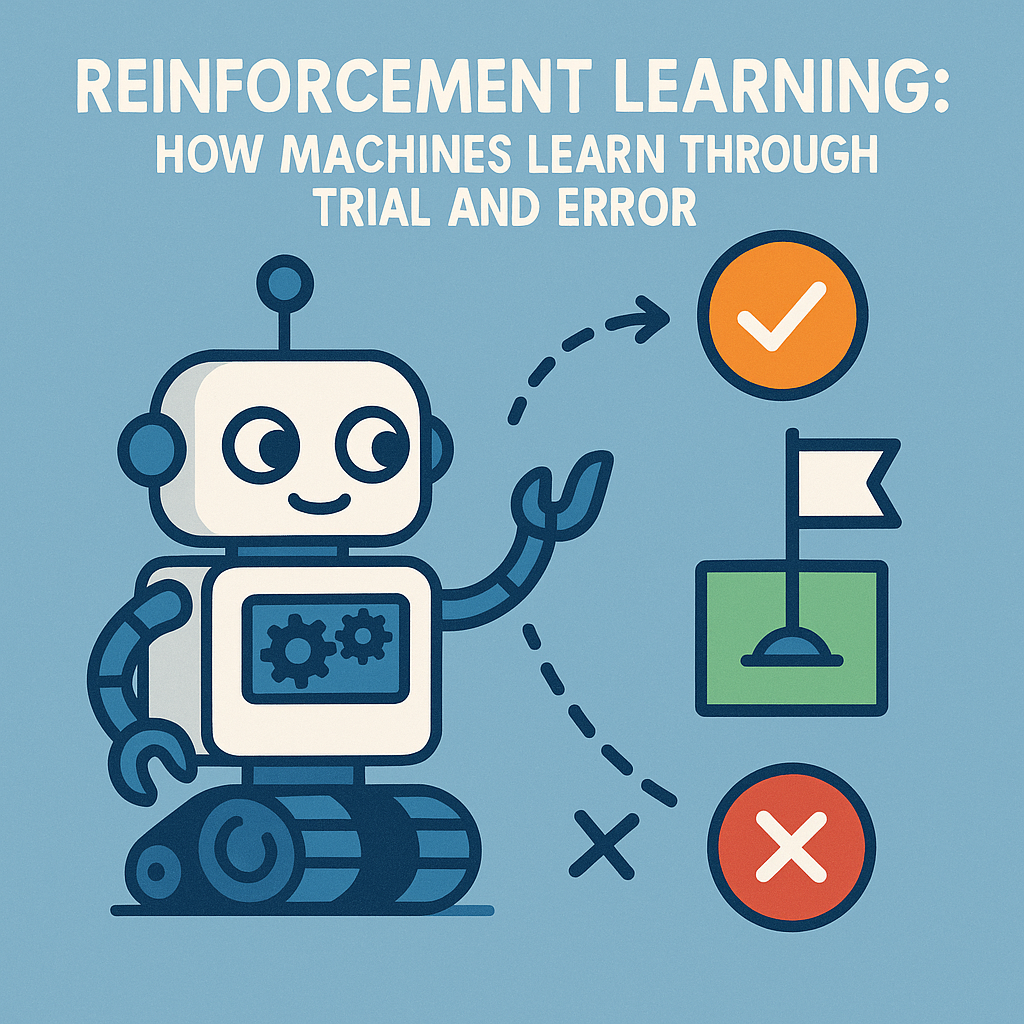Ensemble Learning Explained: Combining Models for Superior Accuracy (2025)
In the world of machine learning, there’s a principle as old as human society: a committee of diverse experts often makes better decisions than a single genius. A lone expert might have blind spots, biases, or a narrow perspective. A committee, however, can pool its collective knowledge, debate viewpoints, and arrive at a more robust, reliable conclusion.
This is the core idea behind Ensemble Learning. Instead of training one complex model and hoping for the best, ensemble methods train multiple individual models (often called “weak learners”) and combine their predictions to create a single, more powerful “super model.” This approach is not just a theoretical curiosity; it is one of the most powerful and widely used techniques in applied machine learning, consistently dominating data science competitions on platforms like Kaggle.
This guide will demystify this critical topic. We’ll explore the three primary ensemble techniques—Bagging, Boosting, and Stacking—using a clear “Committee of Experts” analogy. You’ll learn how they work, when to use them, and why they are essential for building state-of-the-art predictive models.
The “Why”: The Power of Collective Intelligence
The fundamental goal of any ensemble method is to improve the generalization of a model by reducing its overall error. To understand how, we must revisit the Bias-Variance Tradeoff:
- Bias is the error from a model’s overly simplistic assumptions (underfitting).
- Variance is the error from a model’s excessive sensitivity to the training data (overfitting).
Ensemble learning provides powerful tools to attack both of these problems. Different techniques are designed specifically to reduce either bias or variance, making them a crucial part of a data scientist’s toolkit.
Bagging: Averaging Out the Errors
Bagging, which stands for Bootstrap Aggregating, is an ensemble technique designed primarily to reduce variance and combat overfitting.
The Committee Analogy: Imagine you want to predict the stock market. You form several independent committees of financial analysts. To ensure diversity of opinion, you give each committee a slightly different (but overlapping) packet of historical data. Each committee debates and comes to its own conclusion. To get your final prediction, you simply take a majority vote or average their forecasts. By averaging out their individual errors and biases, the collective decision is often more stable and accurate than any single committee’s.
How Bagging Works
- Bootstrap: Create multiple random subsets of the original training data. Crucially, these subsets are created *with replacement*, meaning the same data point can appear multiple times in a single subset.
- Train: Train a separate base model (e.g., a decision tree) independently on each of these bootstrap samples.
- Aggregate: Combine the predictions of all the individual models. For a regression task, you average the predictions. For a classification task, you take a majority vote.
Flagship Algorithm: Random Forest
The most famous and widely used bagging algorithm is the Random Forest. It’s an ensemble of many decision trees, but with an extra twist to ensure diversity: when building each tree, at each split point, it only considers a random subset of the available features. This prevents any single strong feature from dominating all the trees and ensures the models are more independent.
- Primary Goal: Reduce variance.
- Best For: Complex problems where a single decision tree is prone to overfitting. It’s robust, easy to use, and performs well out-of-the-box.
Boosting: Learning from Mistakes
Boosting is a sequential ensemble technique designed primarily to reduce bias and build very powerful, accurate models from simple ones.
The Committee Analogy: This time, you form your committee sequentially. You hire the first expert and have them make a prediction. You identify where they made mistakes. Then, you hire a second expert, instructing them to focus specifically on fixing the errors the first expert made. A third expert is hired to correct the second’s mistakes, and so on. The final decision is a weighted vote, giving more say to the experts who performed best.
How Boosting Works
- Train a Weak Learner: Start by training a simple base model (often a very shallow decision tree called a “stump”) on the data.
- Identify Errors: Identify the training examples that the first model misclassified.
- Train the Next Model: Train a second model, but this time, increase the weight of the examples that the previous model got wrong. This forces the new model to focus on the hardest cases.
- Combine: Repeat this process for many iterations, and combine all the weak learners into a single strong model, giving higher weights to the more accurate models in the sequence.
Flagship Algorithms: Gradient Boosting Machines (GBM)
While AdaBoost was the original boosting algorithm, modern applications are dominated by Gradient Boosting. Instead of adjusting weights, each new model is trained to predict the *residual errors* of the previous model. Implementations like XGBoost, LightGBM, and CatBoost are famous for their performance and are often the winning algorithms in data science competitions.
- Primary Goal: Reduce bias.
- Best For: Achieving the highest possible predictive accuracy on structured, tabular data. They often outperform other algorithms but require more careful tuning.
Stacking: The Committee of Committees
Stacking (or Stacked Generalization) takes a different approach. It’s about learning how to best combine the predictions from multiple, different types of models.
The Committee Analogy: Imagine you have several expert committees: a finance committee (a linear regression model), a marketing committee (a Random Forest), and a legal committee (a Support Vector Machine). They each submit their prediction. You then hire a “CEO” (the meta-model) whose only job is to learn which committee’s prediction to trust most for different types of problems. The CEO then makes the final, authoritative decision based on this learned wisdom.
How Stacking Works
- Train Base Models: Train several different models (e.g., a Random Forest, a Gradient Boosting model, a Neural Network) on the training data. These are your “Level 0” models.
- Generate Predictions: Use these trained base models to make predictions on a hold-out portion of the data.
- Train a Meta-Model: Use the predictions from the base models as input features to train a final “Level 1” model, or meta-model. This model learns how to combine the predictions from the different base models to produce the best possible final output.
When to Use Stacking: Stacking is often used in the final stages of data science competitions to squeeze out the last few fractions of a percent of accuracy. It is computationally expensive and complex to implement correctly but can lead to state-of-the-art results by combining the strengths of diverse modeling approaches.
Bagging vs. Boosting vs. Stacking: A Summary
| Technique | How it Works | Primary Goal | When to Use It |
|---|---|---|---|
| Bagging | Trains models in parallel on random data subsets; averages results. | Reduce Variance (Overfitting) | When you have a complex model that is overfitting. |
| Boosting | Trains models sequentially, with each focusing on the errors of the last. | Reduce Bias (Underfitting) | When you want to achieve maximum predictive accuracy, especially on tabular data. |
| Stacking | Trains a meta-model to intelligently combine the predictions of multiple different base models. | Improve Predictive Accuracy | In competitions or final-stage projects to achieve peak performance. |
Frequently Asked Questions
What is the main disadvantage of using ensemble methods?
The main disadvantages are increased computational cost and reduced interpretability. Training multiple models takes more time and resources than training a single one. Additionally, understanding and explaining the prediction of an ensemble of 500 decision trees is much more difficult than explaining the logic of a single tree.
Are ensemble models always better than single models?
In terms of raw predictive accuracy, a well-tuned ensemble will almost always outperform a single one of its base models. However, a single, simpler model (like logistic regression) might be preferred in situations where interpretability, speed, and ease of deployment are more important than achieving the absolute highest accuracy.
How many models should I include in an ensemble?
For bagging methods like Random Forest, performance generally improves and then plateaus as you add more trees. A common range is anywhere from 100 to 1000 trees. For boosting, the number of sequential models is a critical hyperparameter that is tuned during training; too few can lead to underfitting, and too many can lead to overfitting.







Leave a Reply